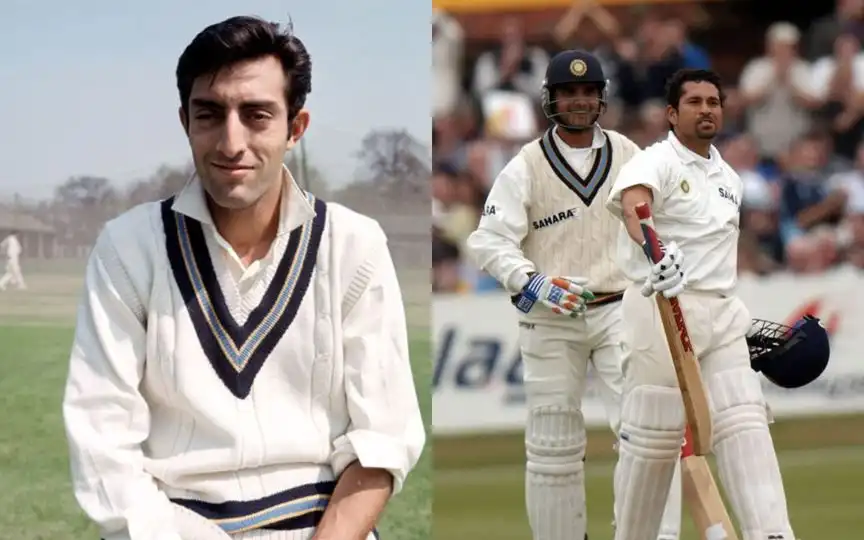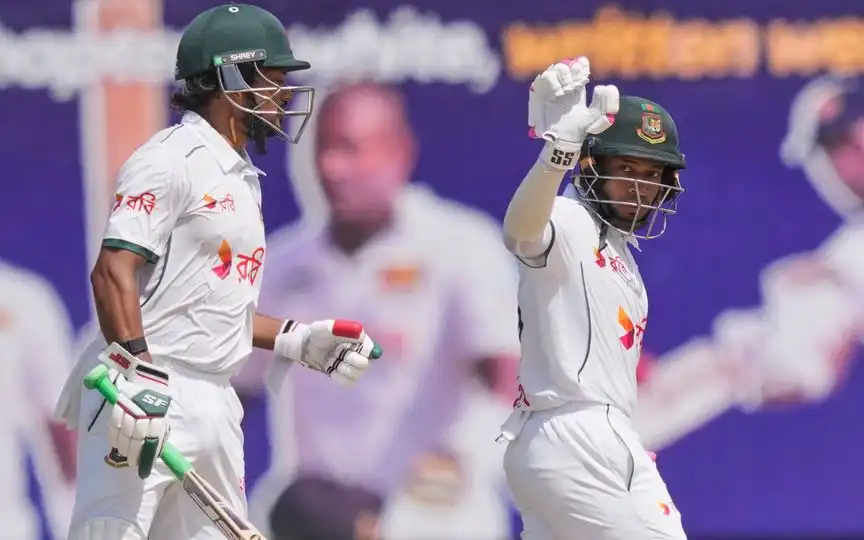![BCCI is the richest board in the World of cricket [Source: @CricCrazyJohns/X.com]](https://onecricketnews.akamaized.net/parth-editor/oc-dashboard/news-images-prod/1750156236619_BCCI.jpg?type=hq) BCCI is the richest board in the World of cricket [Source: @CricCrazyJohns/X.com]
BCCI is the richest board in the World of cricket [Source: @CricCrazyJohns/X.com]
“We’ve seen what that’s done to West Indian cricket, and I would definitely not want Indian cricket to go that way.” – Rahul Dravid
As a writer and a keen follower of the game, I’ve often wondered why Indian cricketers, despite being among the world’s best and most sought-after, are almost invisible in foreign T20 leagues. The answer lies in the deep-rooted control exercised by the Board of Control for Cricket in India (BCCI), a cricket board so powerful, it doesn’t just shape Indian cricket, but significantly influences the global game too. And while that control may seem rigid on the surface, I believe it has reasons both practical and strategic.
The Power Of BCCI: More Than Just A Cricket Board
Let’s start with the obvious: the BCCI is the most powerful cricketing body in the world, and it didn’t get there by chance. With financial dominance far surpassing that of Cricket Australia and the England and Wales Cricket Board, the BCCI is the heartbeat of global cricket. It runs the world's richest league, the Indian Premier League and dictates terms that even the ICC listens to. Given this stature, the BCCI has long maintained a strict policy that active Indian male cricketers cannot play in any foreign T20 league unless they retire from all forms of Indian cricket, including domestics.
This rule is not new. The seeds were sown as early as 2010, when Cricket Australia was setting up the Big Bash League. At that time, Dr Harry Harinath, a senior figure in Australian cricket, even requested the inclusion of Indian stars like Rohit Sharma.
His reasoning was simple: having Indian players in the BBL would boost viewership and commercial interest, particularly from India. He once said, “It doesn’t really matter who they signed, MS Dhoni, Rohit Sharma or whoever, it’d do wonders for them.”
The BCCI, however, saw the writing on the wall. Allowing Indian players to feature in other leagues could mean losing a share of global attention and media rights revenue to rival tournaments. It wasn’t just about money, it was about retaining control. Thus began the BCCI’s unwritten but deeply enforced “no-other-league” policy.
The IPL was given a designated two-and-a-half-month window in the ICC’s Future Tours Programme calendar, ensuring that no international cricket clashed with the league. This strategic move helped the IPL become a cricketing superpower in its own right, where global stars perform under Indian lights and Indian owners now own teams across international leagues.
Money, Markets And Media Rights: What’s At Stake For BCCI
The economic might behind the BCCI’s policy is staggering. As reported by Economic Times, In 2024, the board reported a revenue of ₹20,686 crore, up from ₹16,493 crore the previous year. The IPL alone generates vast income from sponsorships, ticket sales, licensing, merchandise, and broadcasting rights. Tata’s ₹2,500 crore title sponsorship deal from 2024 to 2028 is just one example of the kind of money involved.
But the story isn’t one-sided. Over the years, some former Indian players and coaches have acknowledged the drawbacks of this policy. In 2022, when India fell short in the T20 World Cup semifinals, then-head coach Rahul Dravid was asked whether Indian players not having experience in the BBL affected their performance.
He admitted that many Indian players do miss out on adapting to conditions abroad due to their absence in foreign leagues. However, he emphasized that allowing them to participate would clash directly with India’s domestic season, especially the Ranji Trophy.
“If we send all our boys to play abroad, our domestic first-class trophy would be finished, and that would mean Test cricket would be finished,” he warned.
And that’s a genuine concern. India’s Test team has thrived because of a strong domestic system, something that has declined in countries like the West Indies, where the focus has shifted disproportionately towards T20 leagues. A good example is Nicholas Pooran, who recently chose not to play anymore and opted to play for T20 leagues. Even though Rahul Dravid said this a while ago, his words still make sense in 2025.
Yet, the debate refuses to die down. With every passing season, we hear stories of Indian players retiring early just to play abroad. Unmukt Chand, once the poster boy of India’s U-19 World Cup win, had to bid farewell to Indian cricket to join the BBL. Latest example, Agni Chopra, playing in the Major League Cricket in the US, is one of the rare exceptions.
One thing that can be said is that if you want to play abroad, you must give up everything at home.
This strict rule isn’t just about giving players rest, even though that’s part of it. It’s also about control, money, and image. The BCCI knows that whenever an Indian cricketer plays, they bring a huge fan following and attract big sponsors. If Indian players start playing in other leagues like SA20, CPL, ILT20, or BBL, those tournaments could become serious rivals to the IPL in terms of business and popularity.
In a cricket-crazy country like India, even one big Indian player like Virat, Rohit, Shubman can create more buzz than an entire foreign league. So, the BCCI’s worry isn’t baseless.
But still, you can’t help but wonder what Indian players are missing out on. Playing in different countries, on fast, bouncy pitches in Australia or slow, spinning ones in the Caribbean, would help them grow and improve. It would also give younger players a chance to handle pressure in foreign conditions, and possibly open up more opportunities for all the talent waiting in line back home.
Final Thoughts
As much as I support BCCI’s vision to protect domestic cricket and manage player workload, I also believe that allowing Indian players selective participation in overseas leagues could be beneficial. Not all players need to play all formats. Why not create a framework where white-ball specialists or emerging players can take part abroad during off-peak times? Why not explore reciprocal arrangements with other boards, just as foreign stars do during the IPL?
It’s 2025. Cricket has changed. Franchise leagues are not just a sideshow anymore; they are the main act. And if India want to stay ahead in all formats of the game, a balance must be struck between control and opportunity.


.jpg?type=mq)


